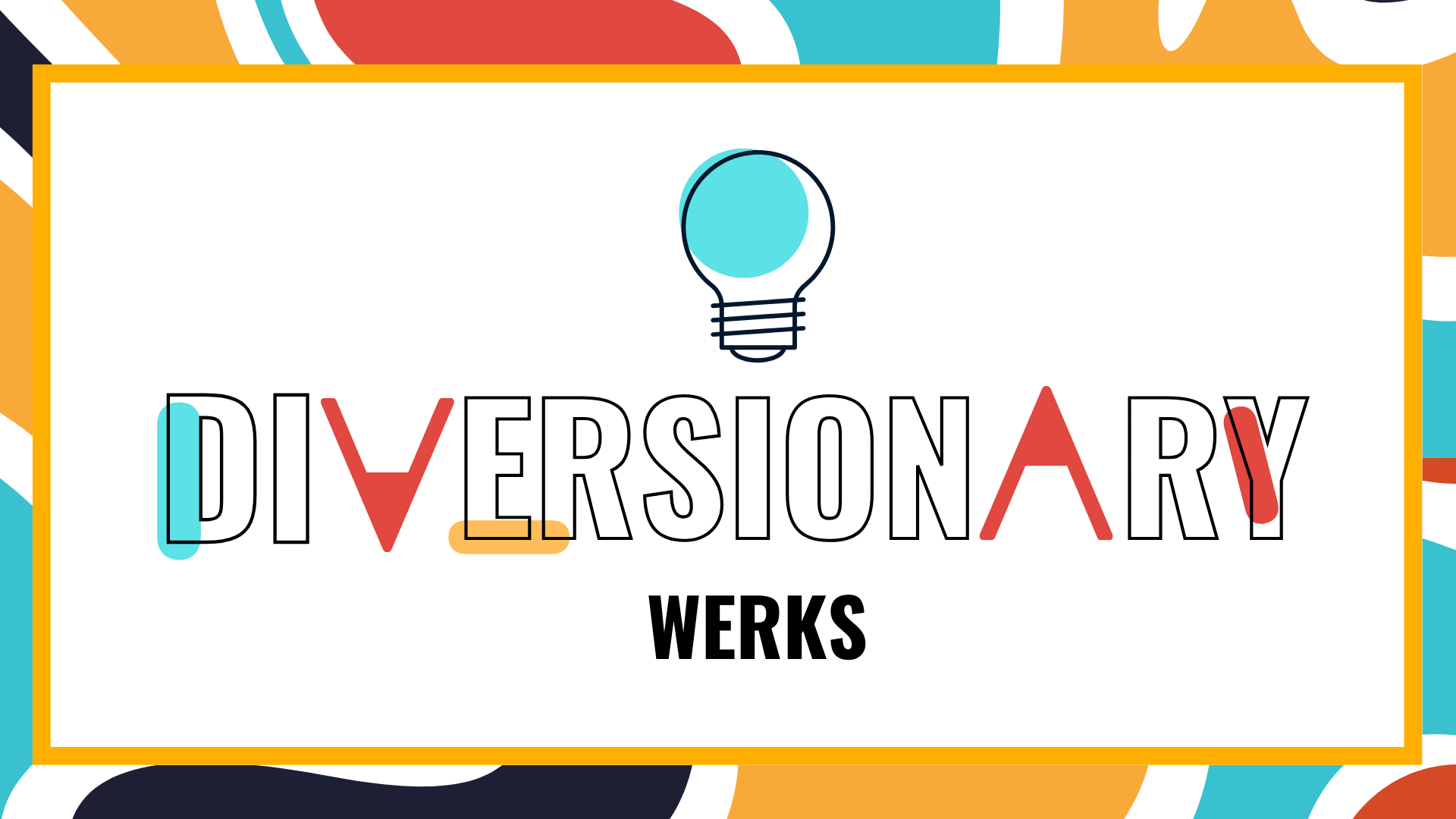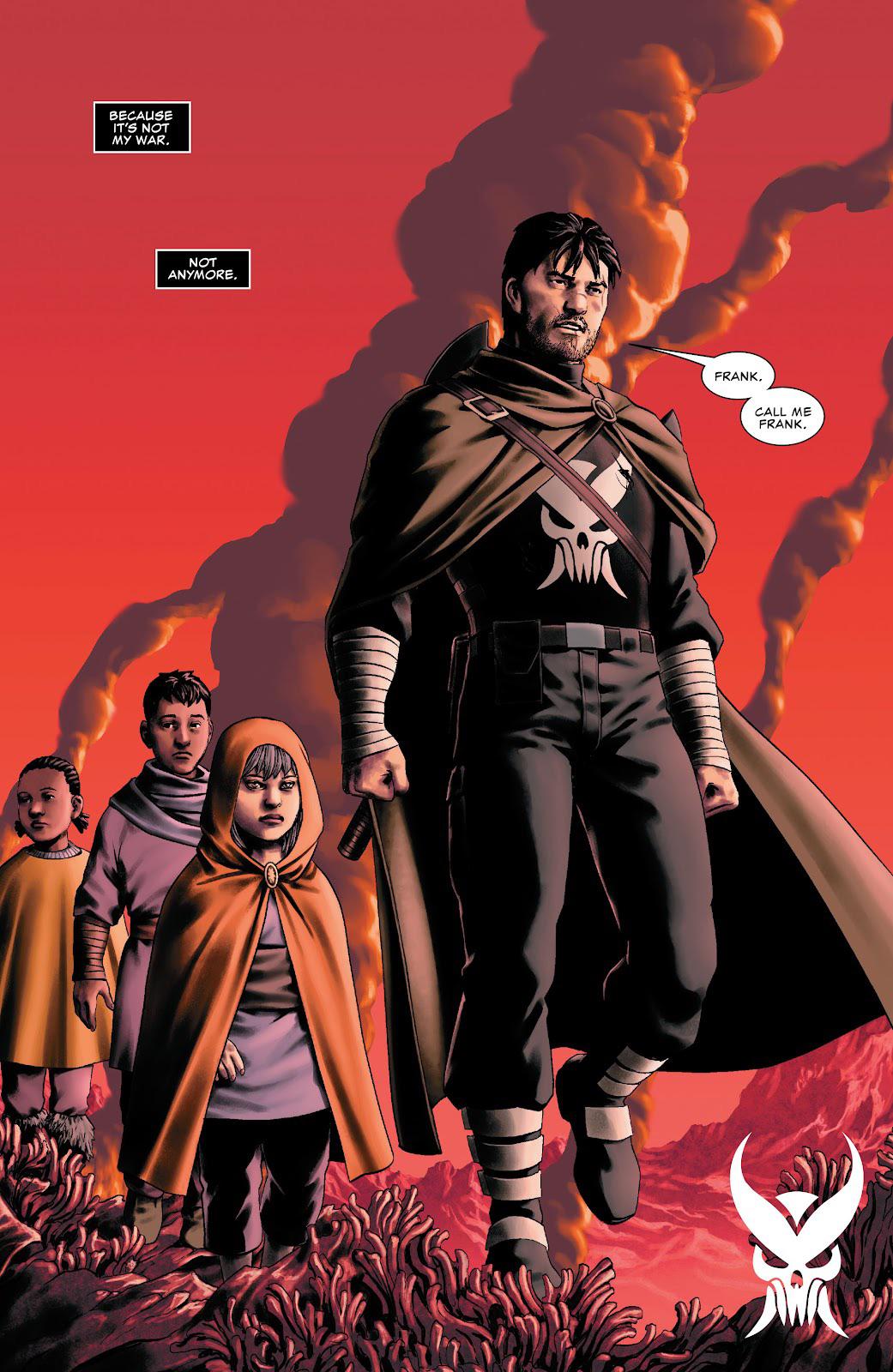Apply Now
Essential Guide to Vision Comics: Discover the Latest Art Trends in 2025
In the rapidly evolving world of comic book art, **vision comics** emerge as a prominent trend, capturing the imagination of readers and artists alike. These comics, which blend elements of fantasy and superhero narratives, are redefining the landscape of graphic storytelling. With the growing popularity of **graphic novels** and the resurgence of **comic book characters**, the year 2025 promises an exciting array of artistic innovations.
Readers can now expect to see diverse styles and techniques as artists push boundaries and explore new mediums. This guide will explore the latest trends in vision comics, offering insights into art styles, artist showcases, and the importance of community in the comic book culture. From **comic book conventions** to **independent comics**, we will delve deep into the vibrant ecosystem that fuels the passion of comic book fans.
Get ready to embark on a journey through colorful pages and captivating stories. Key takeaways will include details about emerging artists, popular graphic novels, and practical tips for engaging with the comic book community. Jump into the thrilling world of vision comics and discover what makes this genre sincerely unique.
Unveiling New Art Styles in Comics
Building on the foundation of traditional comic book art, new and innovative styles have emerged, shaping the future of **comic book art** in 2025. The exploration of **art styles in comics** reveals an exciting blend of techniques, from bold illustrations to delicate digital renderings, showcasing the spectrum of creators' talents.
Mixed Media and Experiential Design
Mixed media is becoming increasingly popular among comic book artists, allowing the integration of collage, painting, and traditional drawing techniques. This approach enhances the sensory experience, creating a more immersive reading journey. Artists are experimenting with textures and layers, forging a connection that transcends the printed page. The visual depth gained from such methods resonates well within the **comic book community**, tapping into varying reader preferences.
Digital Innovations and Comic Creation
Digital tools are revolutionizing comic book creation. Artists now use software like Procreate and Clip Studio Paint to craft their narratives, leading to enhanced precision and flexibility. This shift enables creators to produce high-quality visuals quickly, allowing them to keep pace with the fast-moving demands of the modern comic book audience. Furthermore, the rise of **webcomics** exemplifies this transition, as creators are now given platforms to reach global audiences with relative ease.
Character Design Trends in Graphic Novels
Character design is central to storytelling in comics. In 2025, we see a trend towards more diverse and complicated character arcs, moving away from traditional stereotypes towards representations that resonate with a broader audience. Artists strive to create profound connections with their characters by focusing on backstories and emotional depth, offering readers unforgettable experiences.
Transitioning into more complex storytelling methods, comic book narratives aim to engage readers on multiple levels, providing layers that invite deeper exploration.
Comic Book Storytelling Techniques
With the aesthetics firmly established, understanding the **storytelling in comics** emphasizes character development and thematic expression. In 2025, these elements are crucial to creating compelling narratives that attract and retain readers’ attention.
Sequential Art and Narrative Flow
The use of **sequential art** is vital for conveying stories effectively within the limited frames of comic strips and panels. Artists meticulously plan layouts to ensure smooth transitions and pacing. As visual storytellers, they weave through a delicate balance of text and imagery, drawing readers deeper into the narrative. This technique enhances reader engagement, fostering personal connections with both the artwork and the plot.
Themes and Character Arcs
Developing rich themes while maintaining relatable character arcs is essential for successful comic book storytelling. In recent years, artists have focused on pressing social issues, crafting stories that resonate more profoundly with contemporary audiences. This authenticity allows for a more immersive experience, as readers see reflections of their own lives and struggles within the pages.
Interactive Storytelling: Engaging the Audience
Another exciting development in modern comics is the inclination towards interactive storytelling techniques through digital platforms. Incorporating webtoons and mobile reading formats, creators are experimenting with interactivity that allows readers to influence story progression. This pioneering approach opens new frontiers, transforming how narratives are shared and experienced.
As we navigate through style and narrative, let’s not overlook the pivotal role that comic book events play in shaping the industry.
Key Comic Book Events and Community Engagement
Comic book events serve as significant platforms for artists and fans to come together, fostering a sense of community within the **comic book culture**. These gatherings not only promote new releases but also celebrate the creativity within comic book fandom, igniting discussions around comic book adaptations, classic comics, and future trends.
A Spotlight on Comic Book Conventions
Comic book conventions have long been an integral element of the comic book landscape. They offer fans a chance to meet their favorite creators, attend panels, and engage in discussions about industry trends. Major events, such as San Diego Comic-Con and New York Comic Con, draw artists and readers from around the world, generating excitement around upcoming **comic book series** and **graphic novels**.
Artist Showcases and Independent Comics
In addition to established artists, conventions provide a platform for emerging creators in the **indie comic scene**. Without the traditional gatekeeping of publishing, independent comics thrive in this environment, showcasing fresh perspectives and unique storytelling that reflect diverse backgrounds. Support for independent creators is crucial, enhancing the overall diversity of narratives available in the market.
Comic Book Workshops and Educational Programs
Workshops at conventions allow aspiring artists to learn vital skills, from the **comic publication process** to interactive sessions on character design. These educational opportunities not only teach the craft but also promote the sharing of ideas and techniques, enhancing the overall quality and richness of future comics.
Having established a community-based environment through events, let’s delve into the impact of **comic book adaptations** within the media landscape.
The Impact of Comic Book Adaptations in Film and Media
Comic book adaptations have found new life in film and television, gaining unparalleled popularity. As technology advances, comic narratives are increasingly receiving the big-screen treatment, changing the perception of superhero narratives and **fantasy comics**.
From Page to Screen: Success Stories
Numerous adaptations of beloved comics have transformed the entertainment landscape, demonstrating the strength of **comic book storytelling**. Movies such as "Spider-Man: Into the Spider-Verse" and series like "The Umbrella Academy" have gained acclaim, attracting viewers who may not traditionally read comics. This crossover has invited new fans into the comic book community, expanding interest and sales.
Comic Book Publishers and Strategic Collaborations
Major **comic book publishers** now frequently collaborate with film studios, creating a symbiotic relationship that benefits both industries. By leveraging artistic narratives into cinematic experiences, they ensure that comic characters are accessible to wider audiences while keeping the essence of their origins alive.
Merchandising and Comic Book Collectibles
The blossoming era of comic book adaptations has also spurred an increase in **comic merchandise**. Collectibles, such as figures that reflect characters’ designs from newly released adaptations, enhance fans' engagement and investment in the comic book culture. This trend emphasizes the interplay between visual storytelling and marketing potential.
Recognizing the influence of comic adaptations equips us to better appreciate the depth behind the stories we love, leading us to critical discussions on artistic techniques and community appreciation.
Comic Book Appreciation: Reading, Reviewing, and Collecting
As the interest in comics continues to rise, the importance of **comic book reviews** and discussions among **comic book fans** plays an essential role in sustaining the culture. Understanding the value of these interactions enriches the collective appreciation of comics.
The Role of Comic Reviews
Comic reviews have become essential in guiding readers through vast selections. Critics analyze **comic book art**, storytelling, and overall execution, helping new readers navigate their choices. Engaging with these reviews enables fandom discourse, fostering relationships within the community through shared experiences.
Collecting and Preservation Techniques
To truly appreciate comics, understanding how to collect and preserve them becomes vital. Techniques to maintain **comic book collectibles** help protect these treasured items, ensuring they can be enjoyed for generations. Knowledge of comic grading and storage methods empowers fans to invest thoughtfully in their collections.
Digital vs. Physical Comics: A Comparative Insight
The rising trend of **digital comics** offers readers unparalleled access to diverse titles. However, many fans continue to treasure physical comics for their tangibility and aesthetic value. Examining the pros and cons of each format allows readers to make informed decisions about their reading habits and collecting goals.
Through analysis and appreciation, readers deepen their understanding of comic narratives, providing a gateway into the problems and nuances facing today’s comic book scene.
Q&A Section: Frequently Asked Questions
What are vision comics?
Vision comics blend unique storytelling styles within the comic book medium, often focusing on visually striking art and creative character designs. These narratives often explore themes of identity, diversity, and cultural significance.
How can I get involved in the comic book community?
Engaging with local **comic book shops**, participating in online discussions, and attending **comic conventions** are excellent ways to meet fellow fans and creators. Seek workshops or events to create lasting connections.
What are the latest trends in comic book storytelling?
Current trends include interactivity in storytelling, complex character arcs, and a focus on social issues. New genres, like **sci-fi comics** and **graphic novels**, showcase diverse narratives that resonate with audiences today.
Conclusion
Vision comics represent an exhilarating frontier in the comic book realm. By embracing artistic experimentation, innovative storytelling techniques, and community involvement, the journey into comics has never been more vibrant. As we look forward to the future, understanding these dynamics enhances our appreciation for this rich storytelling medium.




